Manilagrass tees and divot problems, fact or fallacy?
I know manilagrass can provide a superb playing surface in tropical Southeast Asia, even (perhaps especially) on tees, but I have often heard objections to the use of manilagrass, especially on tees, because of its supposed slow recovery from divots.
I believe that is a fallacy, certainly in tropical Southeast Asia, and I think the situation with manilagrass and tees in Japan can inform us of a great deal on this particular subject.
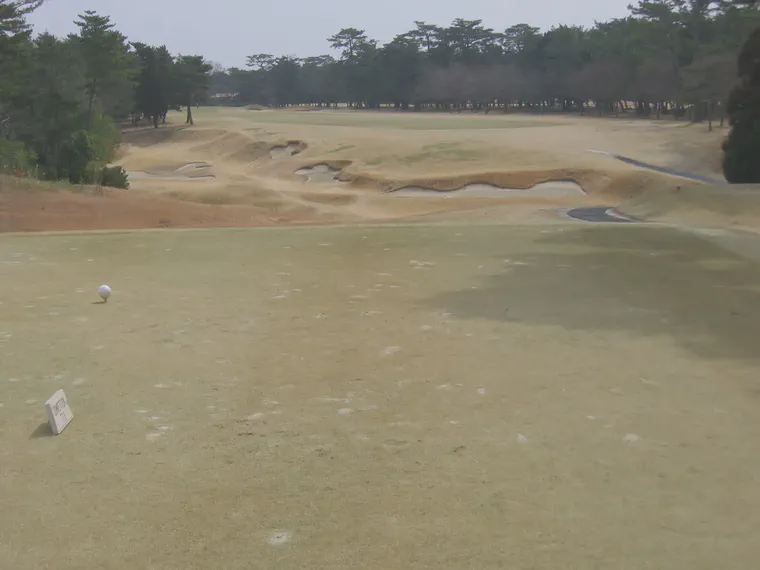
Japan has about 3,140 golf courses at 2,200 golf facilities,1 of which the tees are overwhelmingly manilagrass (Zoysia matrella), which is called korai (コウライ) in Japan. In a recent survey of grass types on golf courses in Japan, more than 75% had manilagrass tees. So we are looking at about 2,350 golf courses in Japan with manilagrass tees. And the climate is such that the manilagrass will go dormant sometime in November and will start to grow again in April. The dormant period for manilagrass in most parts of Japan will be five to six months.
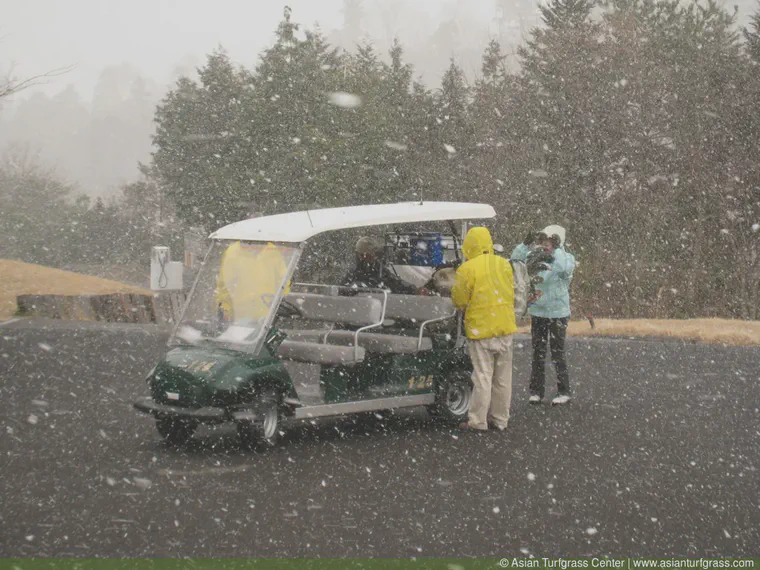
Golf is a year-round and all-weather sport in Japan. I’ve written about the ordeals of greenkeepers removing snow so courses can open, and courses will be open all through the year except in the northern and mountainous regions that have extended snow cover.
The courses are played extensively while the manilagrass is dormant, but the grass survives, the playing surfaces are acceptable, and the divots, which occur month after month through the winter with no recovery at all, do not become a major problem.
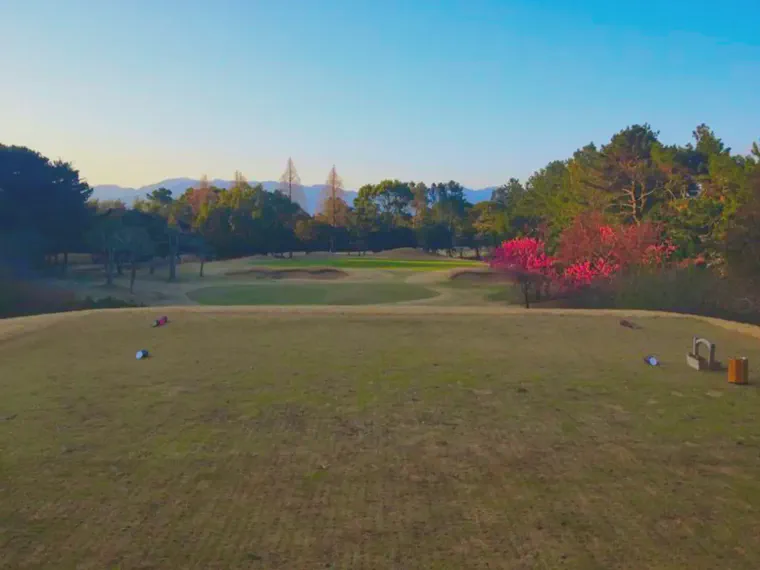
In fact, there is plenty of turf remaining on the tees, even at the end of winter, and once the weather warms up, and the manilagrass starts to grow, the tees have a full cover of grass with minimal divots. And during the growing season for manilagrass in Japan, there is little concern about divots on manilagrass tees at all. It’s just not a major problem. The tees get beat up a bit in the winter, but they don’t fail, and they are fine for the rest of the year.
If manilagrass works on over two thousand courses in Japan, and only grows for part of the year, and still produces a fine surface for tees, shouldn’t we expect it to work well in a tropical environment, where the temperatures are nearly at an optimum for manilagrass growth 365 days a year?
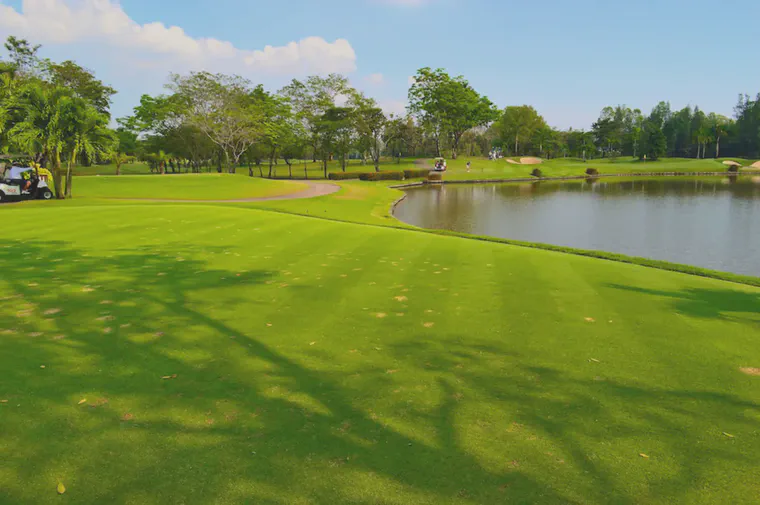
When we do look at manilagrass tees in Southeast Asia, we find that the turf is generally just fine. In fact, I would argue that the average manilagrass tee performs better than the average Cynodon tee. And manilagrass can outperform seashore paspalum too.
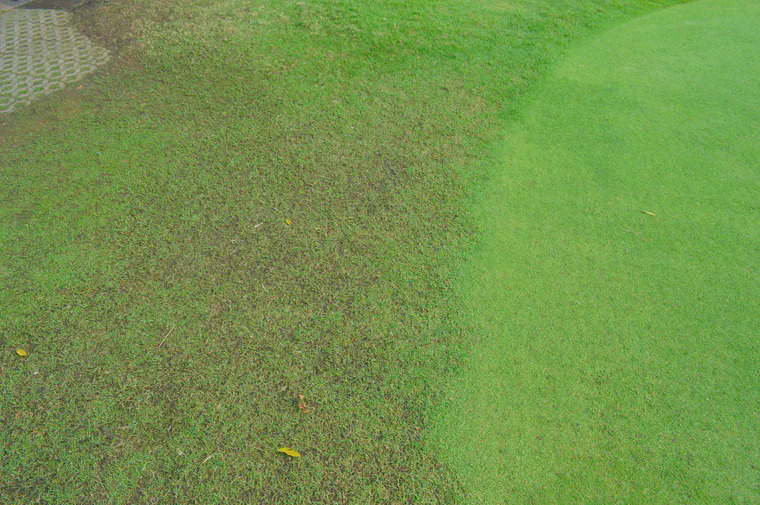
Research conducted at the University of Arkansas has determined that manilagrass is more resistant to divots than are Cynodon species. In fact, divots from Cynodon species on average were almost 2x larger than were divots taken from manilagrass. So we can expect that there will be fewer (and smaller) divots on manilagrass tees. Another research project at the University of Arkansas found that some cultivars of manilagrass have divot recovery times equal to or faster than some cultivars of hybrid Cynodon. So we can have a situation with manilagrass of smaller divots to begin with combined with a recovery time very similar to Cynodon hybrids.
The number for courses in Japan has often been given as 2,400. That’s actually facilities, many of which have more than 18 holes. There are are a lot of 27, 36, 45, and even hole more facilities (the most I’ve seen is 126 at Karuizawa 72). About 200 facilities in Japan have closed over the last 20 years; the National Golf Foundation (NGF) count of facilities in Japan in mid-2020 was exactly 2,200 facilities comprising 3,139 courses. ↩︎